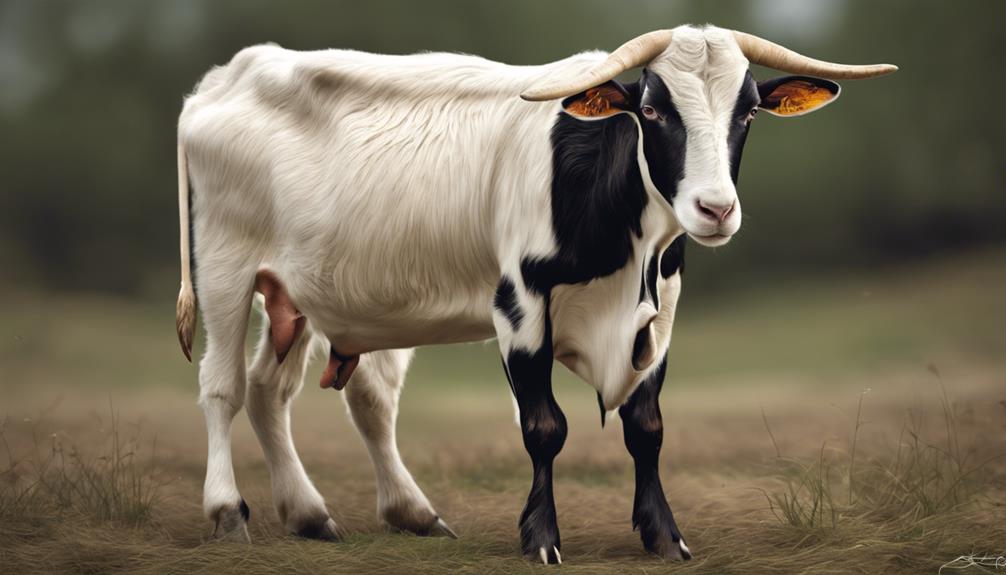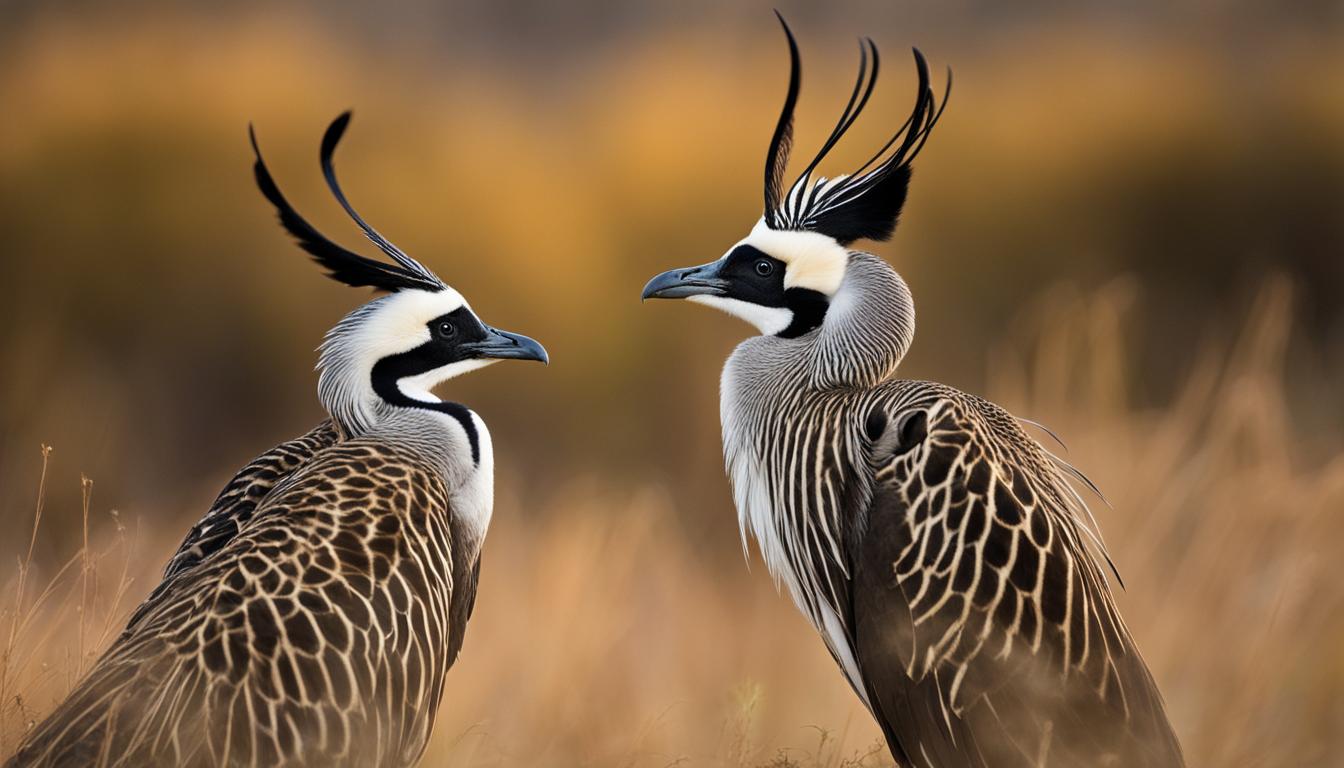Emperor penguins are incredible survivors in the harsh Antarctic winter. They’ve got thick plumage and unique adaptations that help them withstand frigid temperatures as low as -60°C. During breeding, males huddle together to conserve heat while caring for the egg. Both parents work as a team to guarantee their chick’s survival. Their resilience is impressive, thriving on sea ice amidst extreme conditions. There’s so much more to discover about their incredible journey and habits.
Key Takeaways
- Emperor penguins have striking black and white plumage that helps them camouflage against predators in the icy environment of Antarctica.
- Males keep their eggs warm on their feet, utilizing a brood pouch, while females forage for food during the harsh winter.
- To conserve heat, male penguins huddle together, enduring extreme temperatures that can drop to -60°C for extended periods.
- Both parents engage in cooperative parenting, alternating shifts to care for hatchlings once they emerge, ensuring their survival.
- Their breeding habits are closely tied to stable sea ice, which is essential for successful reproduction and raising young in the Antarctic.

The Emperor Penguin, the largest of all penguin species, stands out with its striking black and white plumage and vibrant orange patches. When you think of these magnificent birds, you can’t help but admire their adaptability to one of the harshest environments on Earth: Antarctica. Their impressive survival skills are largely attributed to their unique breeding habits and migratory patterns, which set them apart from other penguin species.
During the breeding season, you’ll notice how Emperor Penguins engage in a remarkable courtship ritual. Males and females pair up, and once they’ve bonded, the female lays a single egg. This is where things get interesting. Instead of leaving the egg alone, the male takes on the responsibility of keeping it warm. He’ll balance the egg on his feet and cover it with a flap of skin known as a brood pouch. Meanwhile, the female goes off to feed, sometimes traveling great distances to find food. You’ll see that this division of labor is critical; it allows both parents to contribute to the survival of their chick.
Emperor Penguins showcase remarkable teamwork; while males keep the egg warm, females venture out to feed, ensuring their chick’s survival.
As winter approaches, the male’s fortitude is tested even further. He huddles with other males to conserve heat, enduring frigid temperatures that can plummet to -60°C. You can’t help but marvel at their resilience; they’ll stay like this for up to two months, waiting for the females to return. Once the chicks hatch, you’ll find that both parents are deeply committed, rotating shifts to care for their young. This cooperative parenting is essential for the survival of the chicks in such an unforgiving climate.
When it comes to migratory patterns, you’ll notice that Emperor Penguins are somewhat unique. They don’t migrate long distances like some other bird species. Instead, they tend to stay in the same region throughout the year. You’ll often find them in areas where sea ice is stable, which provides a reliable platform for breeding and raising their young. They’re incredibly in tune with their environment, and their migratory habits are intricately linked to the seasonal changes in ice and food availability.
Frequently Asked Questions
How Do Emperor Penguins Find Their Mates in the Wild?
Emperor penguins find their mates through elaborate mating rituals and courtship behaviors. You’ll notice they engage in vocal calls and physical displays to attract a partner. During the breeding season, they gather in large colonies, where their unique calls help them identify each other. Once a pair forms, they’ll often perform synchronized movements, strengthening their bond. This connection is vital for successful reproduction in the harsh Antarctic environment.
What Adaptations Help Emperor Penguins Withstand Extreme Cold?
You’ll find that emperor penguins have several adaptations to withstand extreme cold. Their thick layer of feather insulation traps heat, keeping them warm even in frigid temperatures. Plus, they carry a substantial amount of body fat, which serves as an additional source of insulation and energy during harsh conditions. These features enable them to thrive in one of the planet’s most unforgiving environments, ensuring their survival despite the biting Antarctic winds.
How Long Do Emperor Penguins Live in the Wild?
Emperor penguins can live up to 15 to 20 years in the wild, but what happens during their lives is fascinating. You’ll see them migrate vast distances, braving the harsh Antarctic elements. Their breeding behaviors are equally gripping; they endure extreme conditions to nurture their young. But, as the seasons change, the struggle for survival heightens. Will they endure the cold or will the harsh environment claim them? That’s the suspense of their existence.
What Do Emperor Penguins Eat During the Winter?
During winter, emperor penguins primarily eat fish, krill, and squid. Their feeding habits reflect remarkable dietary adaptations that allow them to thrive in harsh conditions. You’ll notice they dive deep into icy waters to catch their prey, using their excellent swimming skills. They store fat reserves to help survive the brutal cold and can go long periods without eating while they’re incubating their eggs or caring for their chicks.
Are Emperor Penguins Endangered or Threatened?
Yes, emperor penguins are currently classified as near threatened. You should know that climate change greatly impacts their habitat and food availability. As temperatures rise, ice melts, disrupting their breeding grounds. Additionally, increased predation risks from animals like leopard seals and skuas threaten their population. Protecting these majestic birds requires urgent action to combat climate change and guarantee their survival in the harsh Antarctic environment.
Conclusion
In the harsh Antarctic winter, you witness the incredible resilience of emperor penguins. Just when you think they can’t endure another storm, a gust of wind reveals a perfectly sheltered group huddling together, sharing warmth and strength. It’s a striking reminder that survival often hinges on unity and perseverance. Coincidentally, as you marvel at their tenacity, you realize that in your own life, facing challenges alongside others can lead to unexpected triumphs. Together, we thrive.










